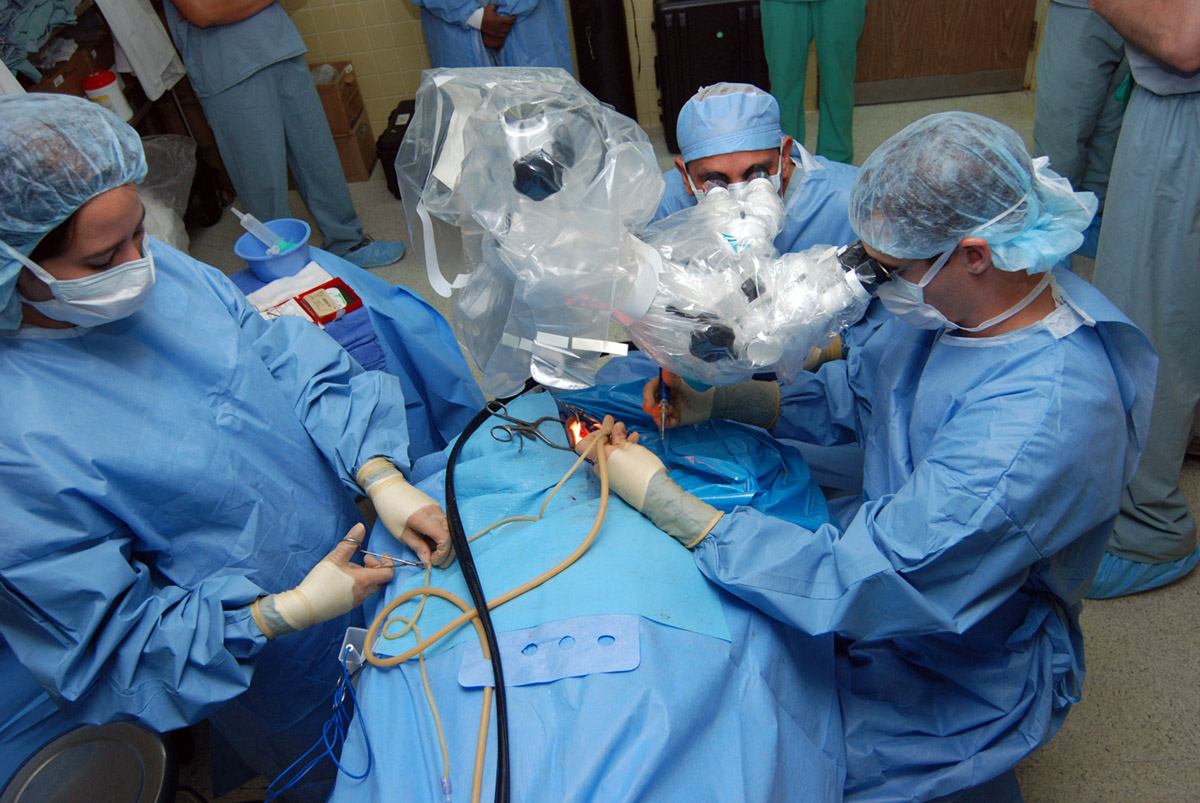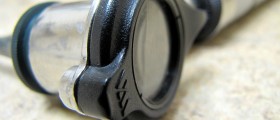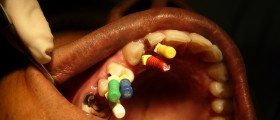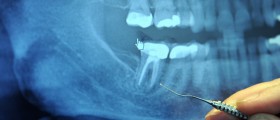
Positional vertigo is a feeling of the dizziness caused by changing the position of the head or moving it, and even minimal movement can make your world spin. Attacks of vertigo are sudden, short, and frequently cause nausea. It is interfering with normal life and severe forms can completely immobilize a person
Vertigo is caused by various conditions that affect either the inner ear, by trauma to the ear, or by damage to the central nervous system. Depending on the cause, your way out of the spinning world may be in surgery.
When is surgery an option?
Depending on your condition, surgery may be used as a last resort (typically, when all else failed to relieve symptoms) or as a primary treatment, as in case of perilymph fistula, where there is leakage of the inner ear fluid. In some cases, such as in viral infections of the inner ear that cause vertigo, surgery is inefficient as a remedy.
What type of surgery will be used?
This depends on the cause, physical condition of the patients, presence of other medical problems and the surgeon's preference and experience. Surgery might address prevention of fluid leakage by patching up the ear, or it may be used to patch the holes in the ear canal, or to remove a pressure - exerting tumor, to remove bone, or to insert a tube in order to normalize or relieve the air pressure that interferes with the nerve signals to the brain.
Considerations
Beforeagreeing to surgery, be sure that you have spoken with a vertigo specialist, in order to be sure both of your diagnosis and of the right course of action.
Surgery of the problematic semicircular canal
Inner ear has three semicircular canals, and it is the rear canal that is the most common cause of vertigo. Office exam for vertigo includes moving of the person being examined in different positions, including lying down, and monitoring of a specific form of involuntary, rapid motion of the eye, as it is an indicator of problem in one of the canals, which causes vertigo. Surgery typically lasts for an hour and a half. The inner ear is opened by an incision made behind the ear. The channel that causes problems is then sealed off. This is done by plugging it with bone dust and fibrous tissue from the exposed area. Expected hospital time is two or three days. There is minimal risk of infection or loss of hearing, and results are noticeable within two weeks after surgery.

















Your thoughts on this
Loading...